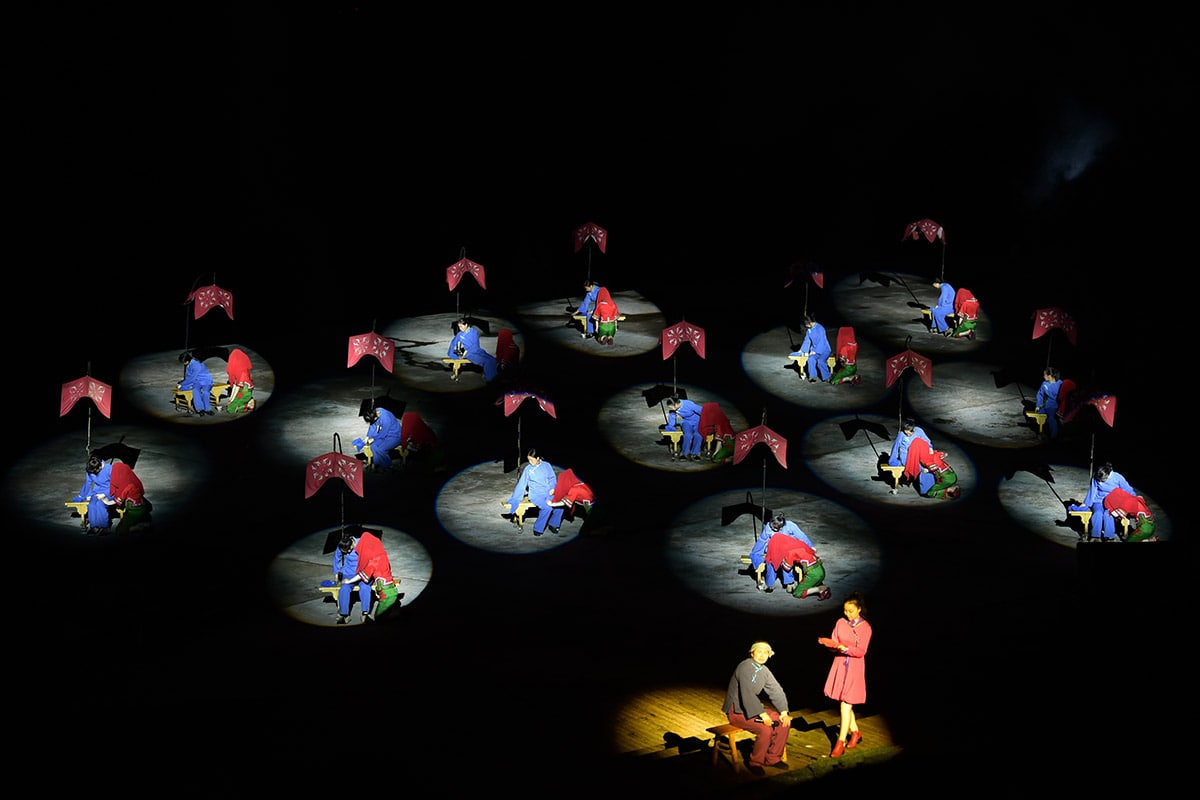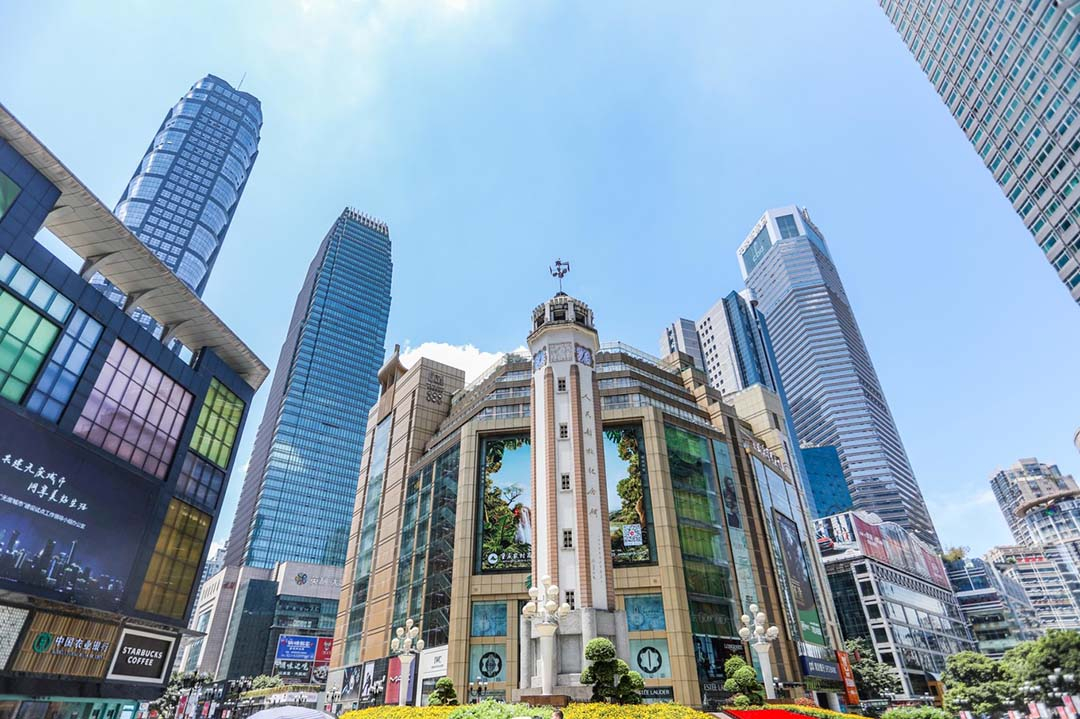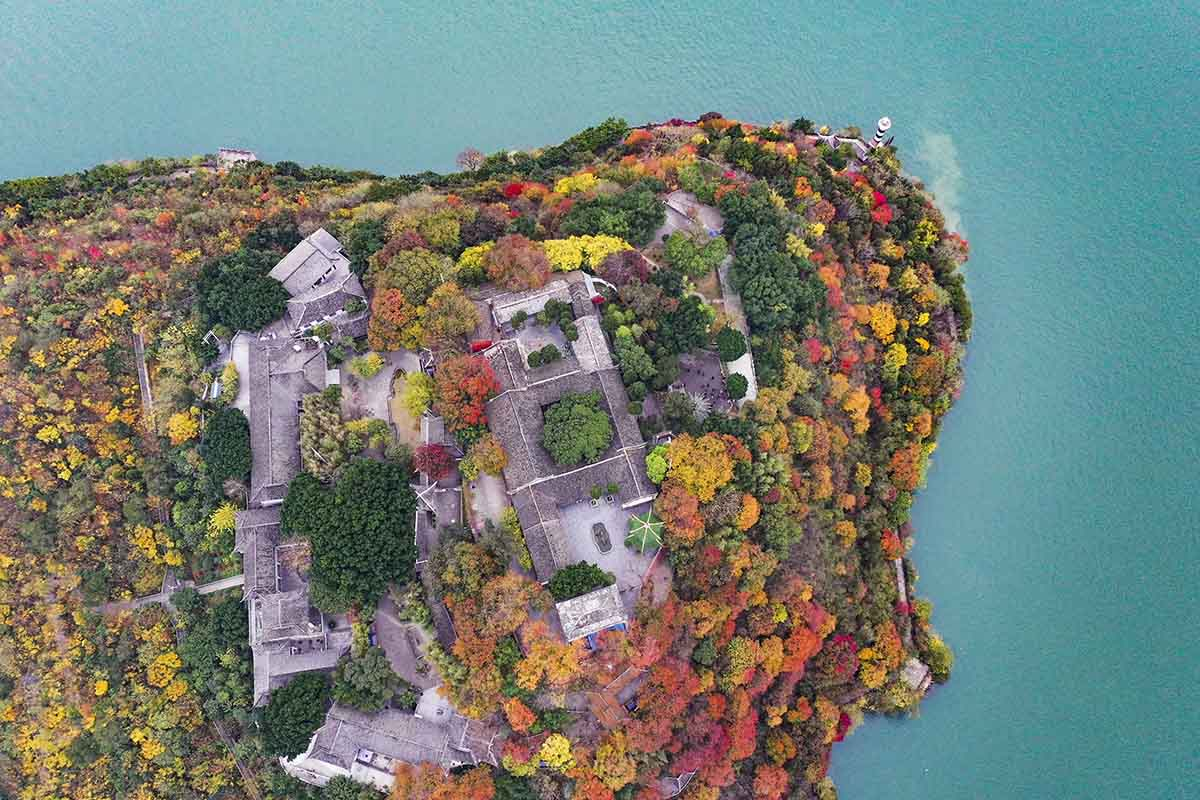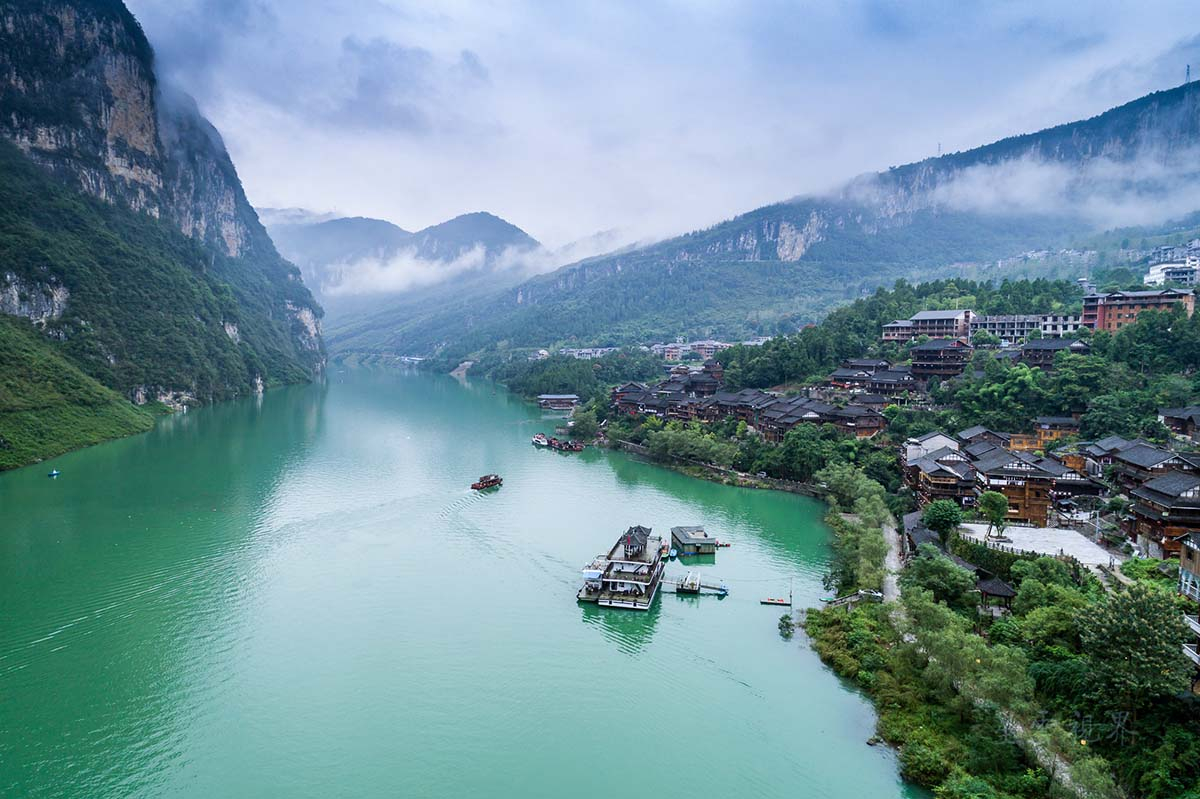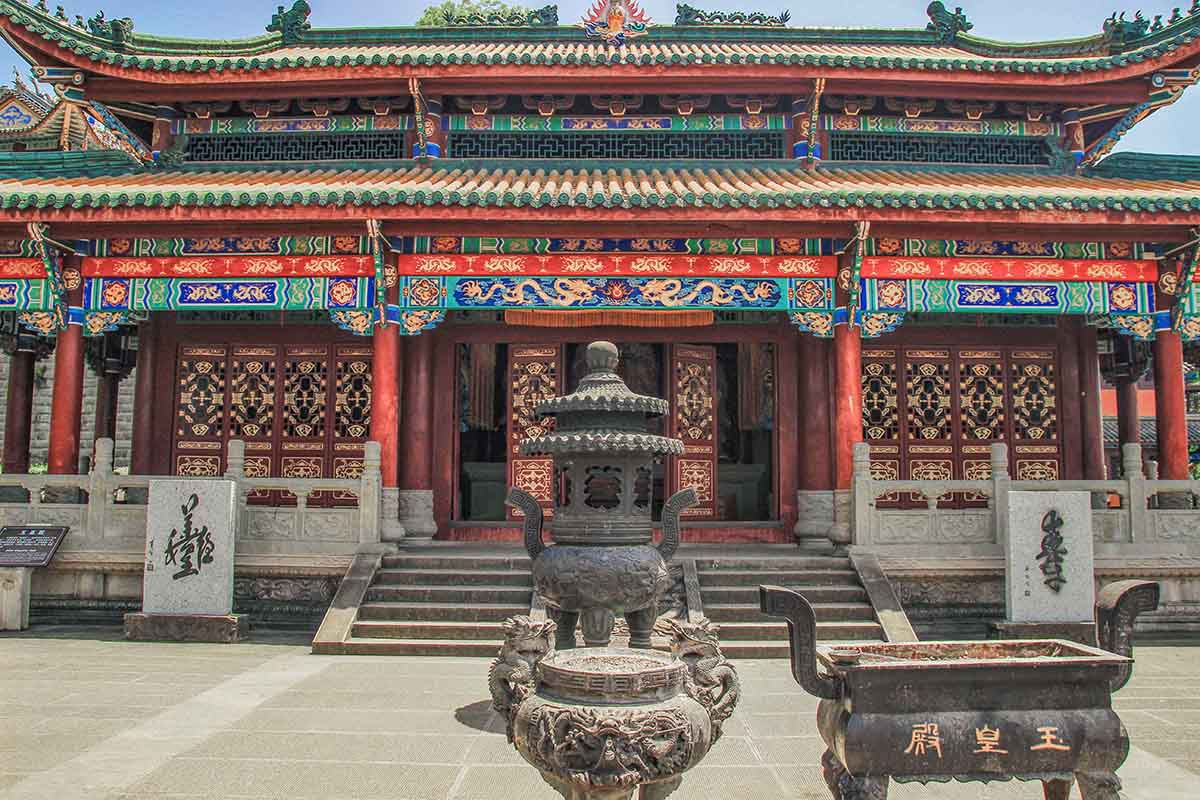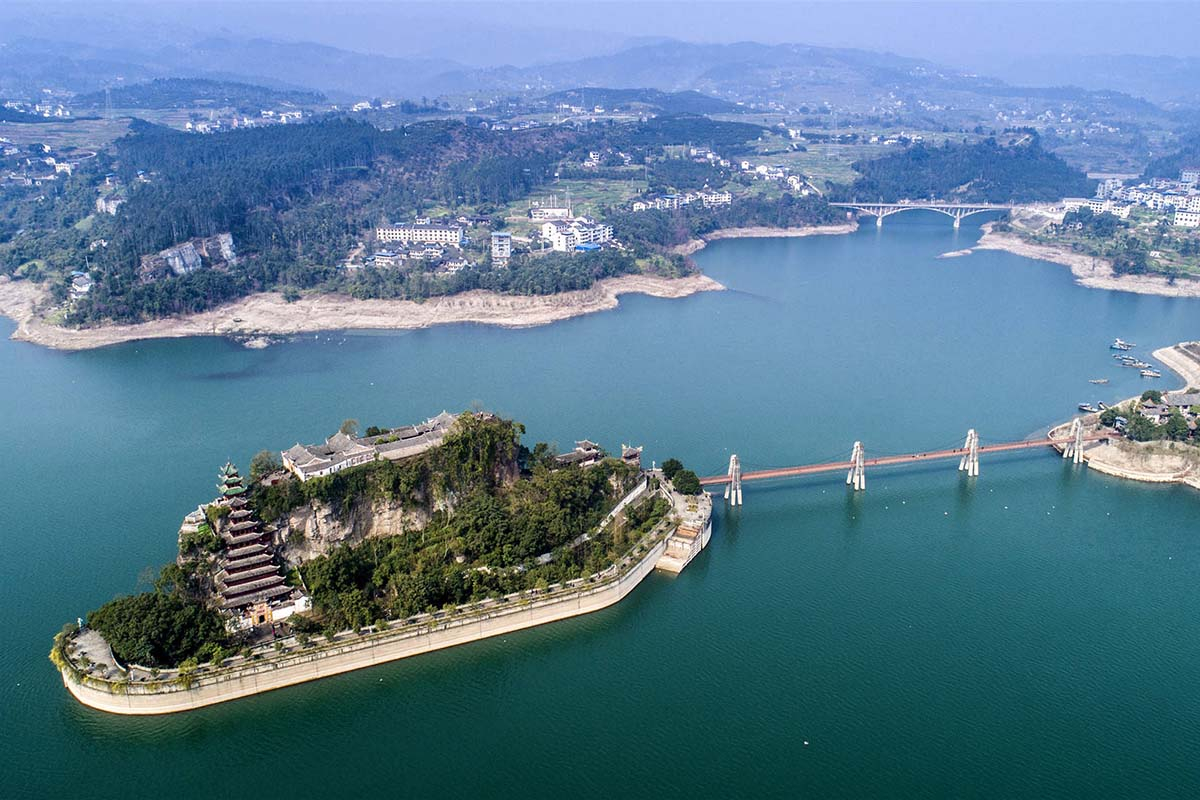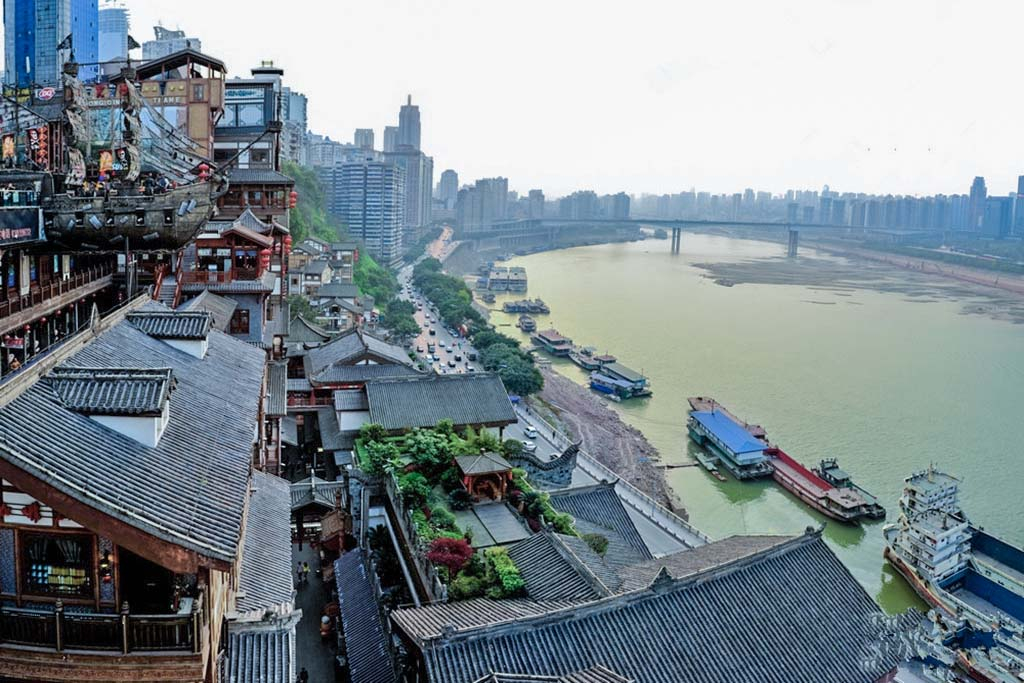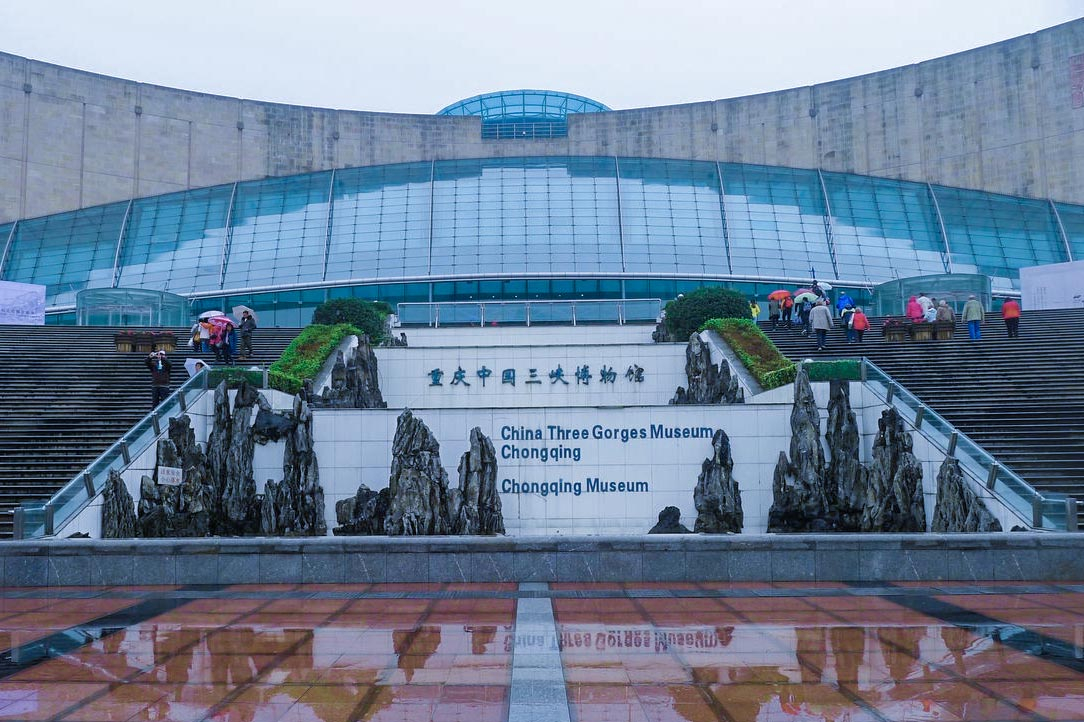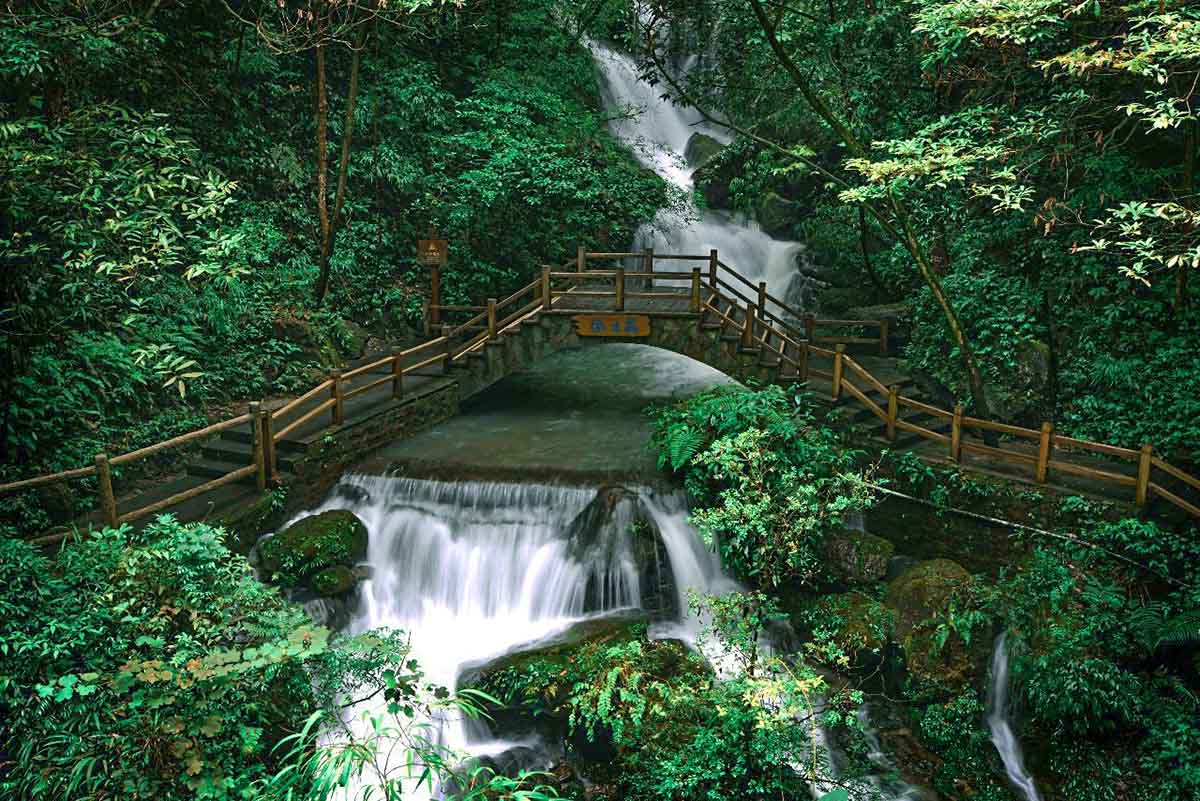Ciqikou Ancient Town
Chinese Name: 磁器口古镇 (Ci Qi Kou Gu Zhen)
Location: Ciqikou Town, Shapingba District, Chongqing
Ticket: Free
Estimated tour time: 2-3 hours
Recommended time to visit: whole year
Nearby attractions: Gele Mountain Forest Park, Three Gorges Museum, Jiefangbei Walking Street, etc.
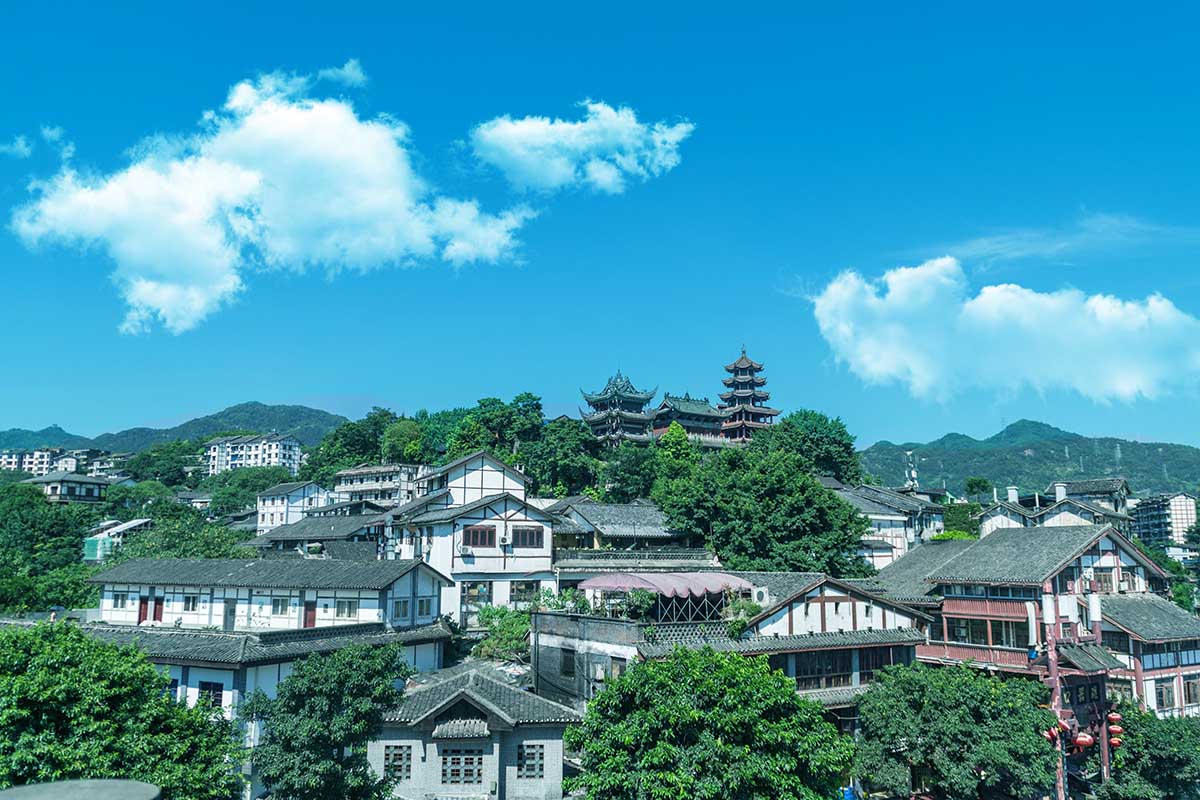
Ciqikou ancient town, formerly known as Longyin Town, is a national 4A level scenic spot, a famous historical and cultural street in China, a key protected traditional street in Chongqing, a New Bayu Twelve Scenery in Chongqing, and a Bayu Folk Culture Tourism Circle. Ciqikou ancient town is located at the bank of Jialing River, Shapingba District, Chongqing. Built in the Song Dynasty, it has a unique landform of "one river, two streams, three mountains and four streets". It forms a natural harbor and is an important land and water wharf along the Jialing River. It is an ancient folk culture town with a history of more than 1000 years.
Ciqikou ancient town, once prosperous, Bayu culture, religious culture, local culture, red culture and folk culture, each has its own characteristics. Stone pathes with a thousand year old Ciqikou is the epitome and symbol of the ancient city of Chongqing, which is praised as the Small Chongqing. The ancient town of Ciqikou has developed traditional performances such as oil extraction, silk pumping, sugar making, dough figurine kneading, Sichuan opera and a variety of traditional snacks and teahouses. The Ciqikou Temple Fair held in every Chinese Spring Festival is the most distinctive traditional activity, attracting tens of thousands of citizens to participate. On November 18, 2020, it was elected as one of the Top Ten Cultural Tourism Industry Landmarks in Chengdu and Chongqing.
The earliest name of Ciqikou was Baiyan Town, which began in the reign of Xianping Emperor Zhenzong of Song Dynasty (998-1003). It was named because there was a Baiyan Temple here. In the fourth year of Jianwen Emperor of the Ming Dynasty, Zhu Yunwen was usurped by his fourth uncle Zhu Di. After escaping from the imperial palace, Zhu Yunwen cut his hair and became a monk. When he went to Bayu(ancient name for Chongqing), he hid in the Baolun Temple on the Baiyan Mountain for four or five years. After the world knew about the fact that the emperor Zhu Yunwen once lived in seclusion here, they changed the name of Baolun Temple to Longyin Temple and Baiyan Town was also renamed to Longyin Town meaning Dragon Hidden Town as emperors wer also called the dragon and son of heaven in ancient China.
In the early Qing Dynasty, porcelain became the main industry of Longyin Town for a long time. At its peak, there were more than 70 porcelain factories. During the period of the Republic of China, Chongqing became the secondary capital. Because of the convenient water transportation, Longyin Town became the distribution place of agricultural and sideline local products of various prefectures, counties and tributaries along the middle and upper reaches of the Jialing River. Some big merchants in the city set up branch stores in the town to purchase goods and sold cotton yarn, piece cloth, kerosene, salt and sugar, groceries, daily necessities, metal pigments, local bowls and paper, local products, cut tobacco and so on.
According to statistics, there were more than 300 cargo ships (ships with a load of 10 tons) in and out of the wharf every day, and there are more than 1670 shops, warehouses and workshops, and more than 760 vendors. Streets have been built in the wharf and river dam, including Upper Street, Middle Street and Lower Street. There were also professional wooden and bamboo street, iron goods street, ceramic street and pig market, rice market, each has a place and market. These merchants gradually changed the name for Longyin Town, called Ciqikou, meaning Porcelain Town. The reason is that it is more appropriate and smooth. In 1958, the wharf was moved to Hanyu Road, and the function of Ciqikou as a distribution center and transfer station for land and water wharfs gradually disappeared. In order to preserve this rich historical and cultural relic, the government adopted the cultivation and restoration of the architectural style of Ming and Qing Dynasties to develop Ciqikou Ancient Town into a folk culture block scenic spot. In 1997, a new set of "The Last Memories" local magnetic cards issued by Chongqing, the Ciqikou Wharf is Juxtaposed with the Liberation Monument, Tongyuan Gate and Linjiang Gate.
Ciqikou ancient town located in the northeast of Shapingba District, the main city of Chongqing, is an ancient folk culture town with a history of more than 1000 years. The terrain is near Jialing River, back by Gele Mountain, Jinbi Mountain, Ma 'an Mountain, surrounded by Fenghuang Mountain and Qingshui Stream. After generations of development, the front and back two streets have been formed, which are called "Zhengjie" and "Laojie" respectively by local people. There are 12 alleys in the ancient town of Ciqikou. Most of the streets are lined with buildings of Ming and Qing Dynasty style. The ground is paved with stone and shops are lined along the streets.
- HOTEST
- RECOMMEND
